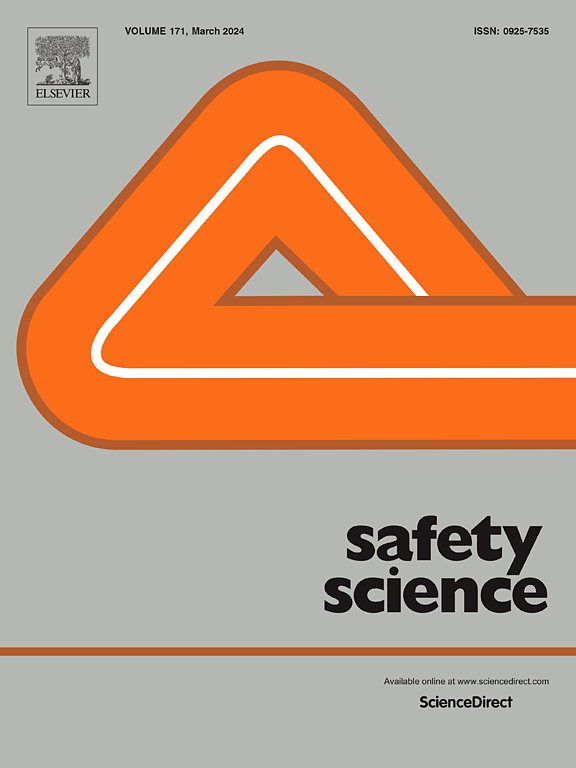Risk modeling with Bowtie method for decision-making towards public health and safety
IF 4.7
1区 工程技术
Q1 ENGINEERING, INDUSTRIAL
引用次数: 0
Abstract
Management systems for diseases are vital in safeguarding public health and safety through preventive measures and timely response against the risk of an outbreak. Existing risk quantification methods, such as the Bowtie method, are not directly applicable to health risk management due to their organizational design and inherent limitations. Managing health risks involves human judgment, localized intervention, and contextual constraints in implementing both preventive and mitigative measures. This study presents a novel framework for risk modeling with the Bowtie method to compute health risk management metrics, specifically applied to decision support systems for public health and safety. A mathematical model is formulated for each risk assessment metric parameterized by the weights assigned to each threat, consequence, and barrier, and a quasi-quantitative parameter is incorporated as an appropriate alternative to barrier escalation factors. The weights are computed through the Analytic Hierarchy Process (AHP) using survey data from questionnaires, supported by expert opinion and scientific findings from the systematic literature review. A case study of the COVID-19 pandemic demonstrated the efficacy of the proposed Health Risk Spectrum (HRS) metric in evaluating relevant risks across major regions of Mindanao Island, Philippines. The results show trends in the HRS metric above the floor of uncertainty, providing critical information to decision-makers for implementing appropriate interventions. The proposed Bowtie quantification framework is designed for broader application to various health risks, supporting proactive public health and safety decision-making.
求助全文
约1分钟内获得全文
求助全文
来源期刊

Safety Science
管理科学-工程:工业
CiteScore
13.00
自引率
9.80%
发文量
335
审稿时长
53 days
期刊介绍:
Safety Science is multidisciplinary. Its contributors and its audience range from social scientists to engineers. The journal covers the physics and engineering of safety; its social, policy and organizational aspects; the assessment, management and communication of risks; the effectiveness of control and management techniques for safety; standardization, legislation, inspection, insurance, costing aspects, human behavior and safety and the like. Papers addressing the interfaces between technology, people and organizations are especially welcome.
 求助内容:
求助内容: 应助结果提醒方式:
应助结果提醒方式:


